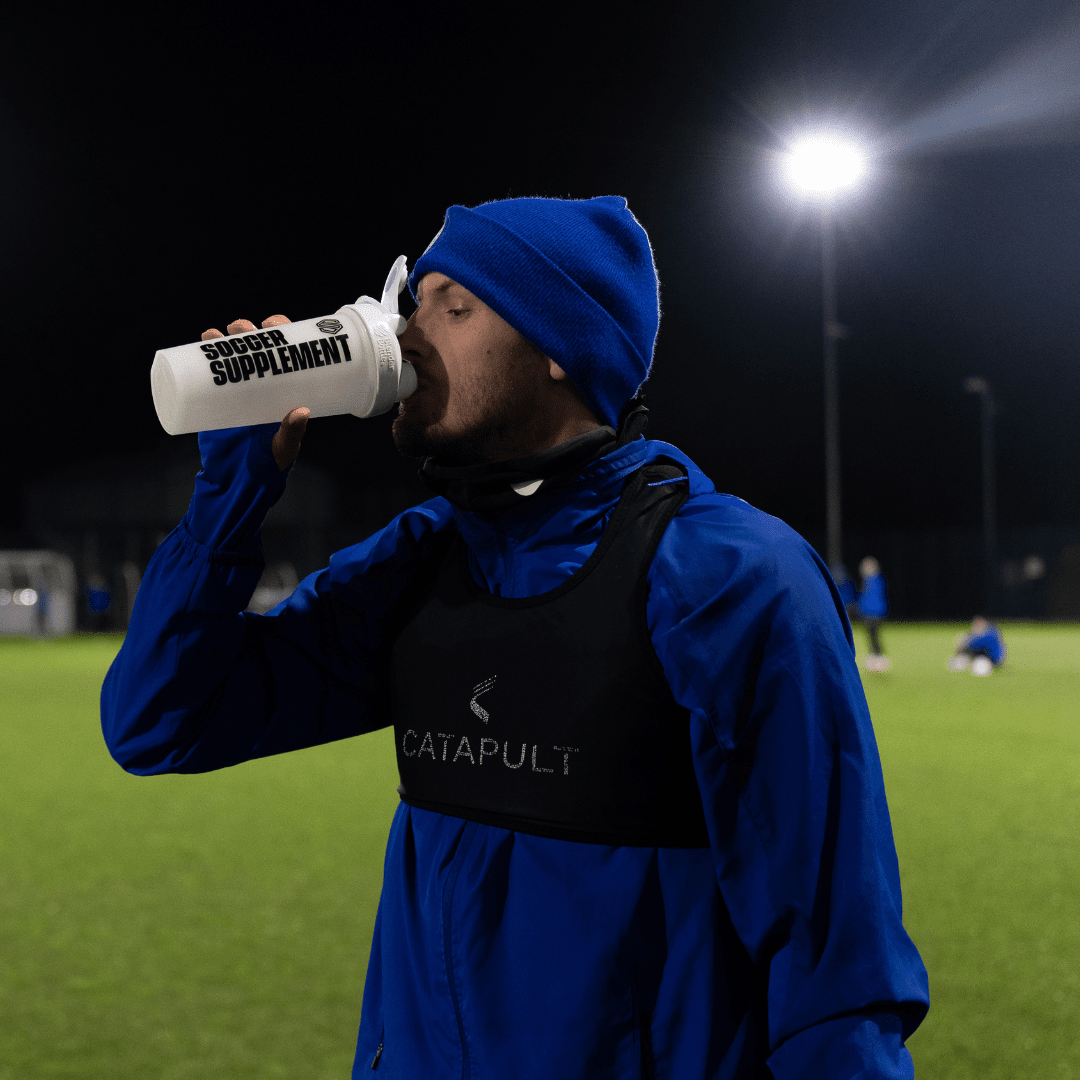What is Lactose?
Lactose is a disaccharide sugar present in milk and milk-derived products. The term disaccharide simply means the combination of two sugars; lactose is the combination of glucose and galactose. Foods that contain a significant amount of lactose include, milk (2-8%), ice-cream, cheese, yoghurt, butter and cream. Small amounts of lactose can also present in other foods including bread, baked foods, cereals, powdered creamers, salad dressings, whey concentrate supplements and protein bars.
What is Lactase?
Lactase is an enzyme produced in the small intestine that breaks-down lactose into glucose and galactose for absorption.
What is Lactose Intolerance?
Lactose intolerance is the inability to digest lactose, and is caused by insufficient levels of lactase in the small intestine (hypolactasia or lactase deficiency). The inability to digest lactose commonly leads to bloating, cramping, nausea, diarrhoea - and in extreme cases, vomiting - after consuming significant amounts of lactose. Although lactose intolerance is not dangerous, the symptoms can be extremely uncomfortable, and depending on the individual’s sensitivity, can be painful. The majority of people who are lactose intolerant can still tolerate moderate amounts of lactose in their diet (~10-15 grams per meal).
What about Whey Protein??
The amount of lactase in whey products will vary depending on the brand and type. For example, whey isolates contain more lactose per serving than whey isolates. The whey we use in our Whey90 and Recover90 products is a high-quality whey isolate, and contains less than 0.9 grams of lactose per serving, making it suitable for even the most sensitive to lactose.

WHEY90®
Why does Lactose Intolerance Occur?
Lactose intolerance develops naturally during childhood as the small intestine produces less lactase when breastfeeding or bottle-feeding stops. However, many adults develop lactase persistence, in which lactase production continues into adulthood and therefore there are no issues digesting lactose. Lactase persistence is more common in countries where dairy products are consumed regularly, as there is still a need for the enzyme lactase to digest the lactose present in the diary products. A second reason why lactose intolerance can occur is if the small intestine becomes damaged through injury or certain diseases, such as Crohn’s and Celiac disease.
Recommendations
- If you regularly experience many of the symptoms listed above after consuming a food containing lactose, remove lactose-containing foods from your diet for 7-14 days and see if the symptoms disappear.
- If the symptoms disappear – slowly and gradually re-introduce lactose into your diet, as most people can tolerate some lactose in their diet without any problems. Experiment with foods to determine what triggers the symptoms, you will soon find out your comfortable/tolerable limit.
- If you are very sensitive to lactose, avoid foods containing lactose or replace them with lactose-free alternatives if you do enjoy these foods (for example, using soy, almond or lactose-reduced milk if you don’t want to give up your cereal).
- If you do remove lactose-containing foods from your diet, ensure you are still hitting your required calcium intake. Foods high in calcium include: fortified cereals, green leafy vegetables, soya beans, sardines and eggs.

References:
- Mummah, S., Oelrich, B. & Hope, J. Effect of Raw Milk on Lactose Intolerance: A Randomized Controlled Pilot Study.Ann. Fam. …134–141 (2014).
- Szilagyi, A. Adaptation to lactose in lactase non persistent people: Effects on intolerance and the relationship between dairy food consumption and evalution of diseases. Nutrients7,6751–6779 (2015).
- Swagerty, D. L., Walling, A. D. & Klein, R. M. Lactose intolerance. Am. Fam. Physician65,1845–1850 (2002).
- Lember, M. Hypolactasia: A common enzyme defciency leading to lactose malabsorption and intolerance. Pol. Arch. Med. Wewn.122,60–64 (2012).







